Motion artefacts in (f)NIRS — Not a problem, but not to be overlooked
— Author: Thijs van Aalten —
Functional Near-Infrared Spectroscopy (fNIRS) has earned a strong reputation for being less sensitive to motion than many other neuroimaging techniques, such as fMRI or EEG. Its portability, quiet operation, and comfort make it well-suited for studies involving movement, speech, or real-world interaction.
Although fNIRS is relatively robust to motion artefacts, motion artifacts can subtly or significantly distort the signal, potentially affecting data quality and interpretation. As researchers, it is important to be aware of the pitfalls. Even though motion artefacts are less severe compared to other methods, data should be interpreted with care.
In this first blogpost for our series on motion artefacts in fNIRS, we will walk through:
What motion artefacts are and how they can be identified in fNIRS data
The most common types of motion artefacts
How to prevent motion artefacts
By the end of this blogpost, you will be able to explain what motion artefacts are and recognize them in fNIRS signals. In the following posts of this series, you will also learn strategies to prevent these artefacts, as well as current algorithms used to manage them.
What are motion artefacts?
Motion artefacts are unwanted changes in the fNIRS signal that result from participant movement rather than neural activity. These include head movements such as nodding or shaking, but also facial movements such as frowning or jaw movements. These can stem from two primary sources:
Optode movement relative to the skin
When the optodes (transmitters and receivers) shift on the scalp, even slightly, the path that near-infrared light takes through the tissue changes. This can lead to sudden fluctuations in recorded light intensity that are unrelated to actual changes in cerebral haemodynamics.Redistribution of blood in tissue
Physical movements can alter blood distribution in superficial tissues, affecting the absorption and scattering properties of near-infrared light, thereby introducing artefacts into the signal.
Common types of motion artefacts
Spikes: Sudden, brief signal changes due to rapid movements.
Baseline shifts: Sustained changes in signal level following movement.
Oscillatory artefacts: Periodic fluctuations linked to repetitive movements, such as breathing or head nodding, resulting from systemic changes in cerebral blood pressure, blood flow or blood volume.
Figure 1 shows an example of spike and baseline shift. Figure 2 shows an example of an oscillatory artefact due to nodding.
Figure 1: Example of spike and baseline shift
Figure 2: Example of oscillatory artefacts due to nodding
How to prevent motion artefacts
fNIRS devices are used in a wide range of research applications, many of which involve naturalistic settings or movement. To minimize motion artefacts and enhance the quality of your experimental setup, we have compiled a list of tips to prevent motion artefacts. Our Brite family devices are lightweight (less than 300 g) and can be fixed on the headcap, allowing for free movement of the participant without the need for any backpack.
Task design: When designing your experimental protocol, consider how much movement the task requires and adjust where it is possible to minimize motion, while still meeting your research objectives.
Secure optode placement: Ensure proper optode-scalp contact by selecting a well-fitting headcap for the participant. By default, the Brite optodes come with a 3-step mechanism designed to help users optimize contact with ease. Make sure each optode is in firm contact with the scalp and use the provided hair removal tool to part any hair between the optode and the scalp. Due to variations in hair type and thickness, additional support may sometimes be needed. Our Spring Optode Holders are developed for this and to work seamlessly with Brite optodes, automatically adjusting pressure to maintain optimal contact.
Participant instructions: Instruct participants to minimize movements that are not essential to the task. Clear and concise guidance can go a long way in preventing unnecessary artefacts.
While it is not always possible to avoid motion artefacts—especially in movement-based experiments—there are effective ways to address them. The first step is identifying these artefacts, which we discuss in more detail in the second blogpost of this series. Once detected, several strategies can be applied to manage or correct for motion artefacts, as outlined in the third blogpost of this series.
References / Suggested literature[1] Huang, R., Hong, K.-S., Yang, D., & Huang, G. (2022). Motion artifacts removal and evaluation techniques for functional near-infrared spectroscopy signals: A review. Frontiers in Neuroscience, 16, 878750. https://doi.org/10.3389/fnins.2022.878750
[2] Scholkmann, F., Spichtig, S., Muehlemann, T., & Wolf, M. (2010). How to detect and reduce movement artifacts in near-infrared imaging using moving standard deviation and spline interpolation. Physiological Measurement, 31(5), 649–662. https://doi.org/10.1088/0967-3334/31/5/004
[3] Zhang, Y., Brooks, D. H., Franceschini, M. A., & Boas, D. A. (2005). Eigenvector-based spatial filtering for reduction of physiological interference in diffuse optical imaging. Journal of Biomedical Optics, 10(1), 011014. https://doi.org/10.1117/1.1852552
[4] Molavi, B., & Dumont, G. A. (2012). Wavelet-based motion artifact removal for functional near-infrared spectroscopy. Physiological Measurement, 33(2), 259–270. https://doi.org/10.1088/0967-3334/33/2/259
Do you have any questions regarding motion artefacts or portable and light weight (f)NIRS devices? Then feel free to reach out at askforinfo@artinis.com.






![[Brite Lite Frontal mini] playdate-15.jpg](https://images.squarespace-cdn.com/content/v1/64e314a8c69b933a41187ec2/1751270617597-J2MH2Q1YBY24D0E6EMWY/%5BBrite+Lite+Frontal+mini%5D+playdate-15.jpg)

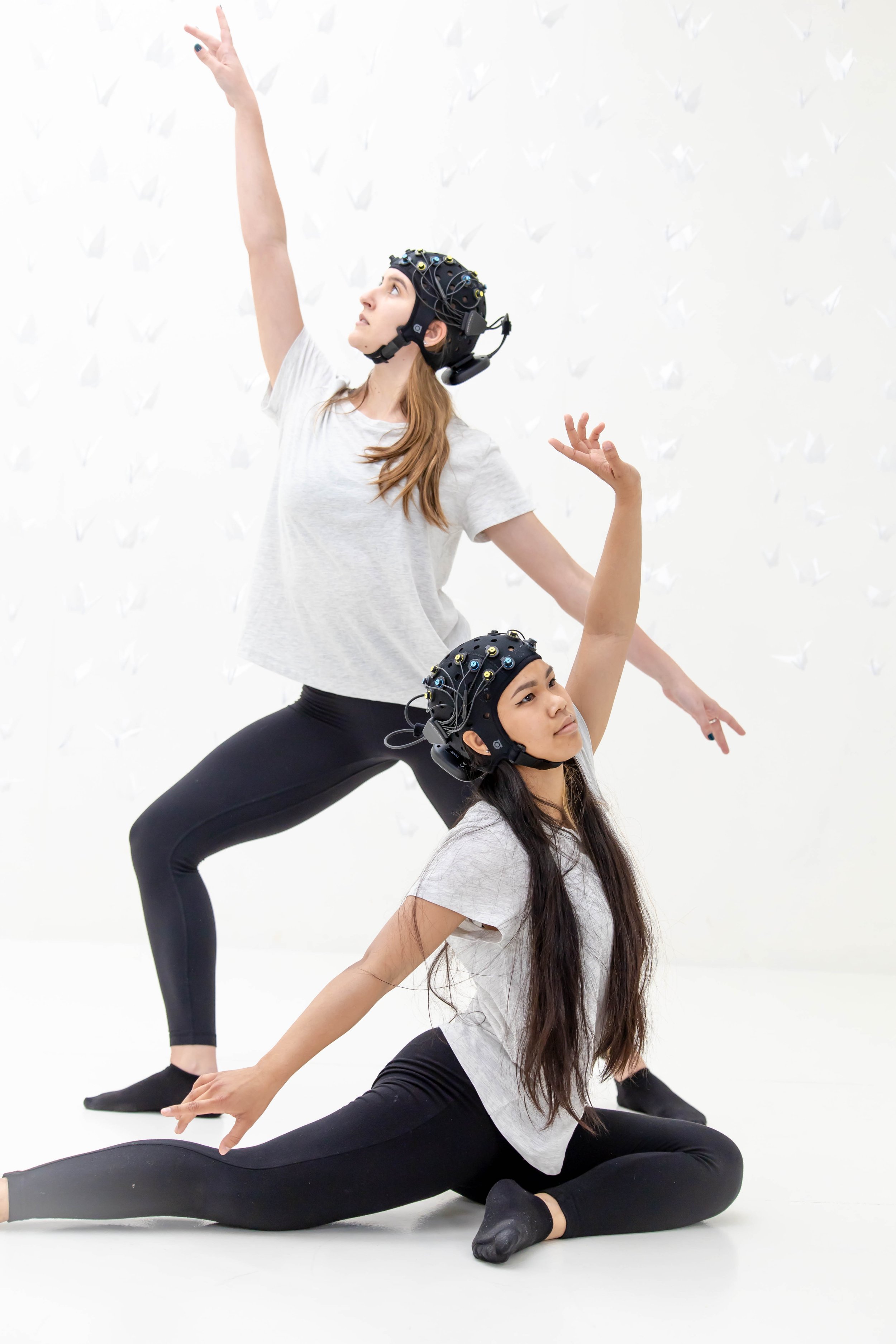
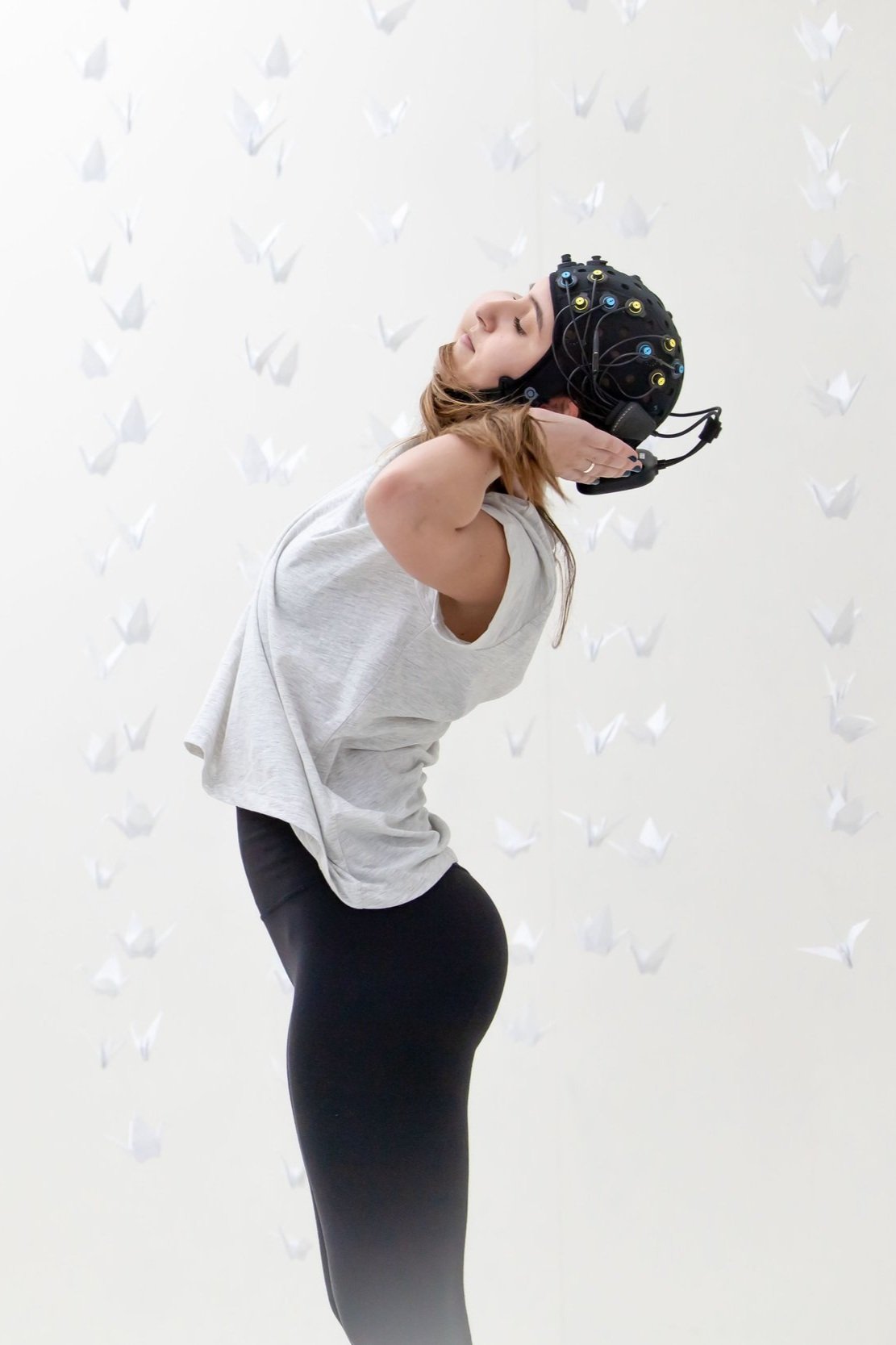
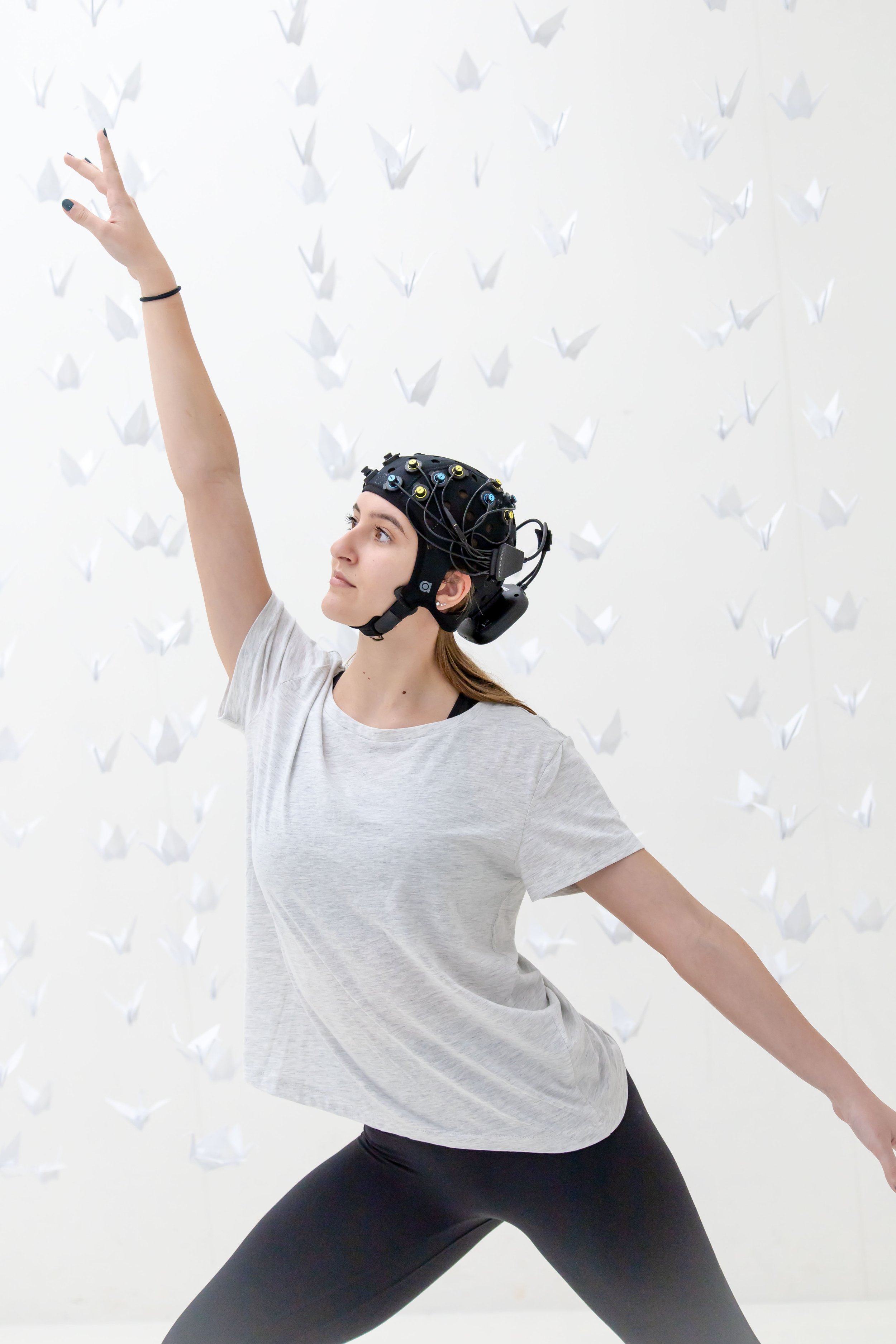

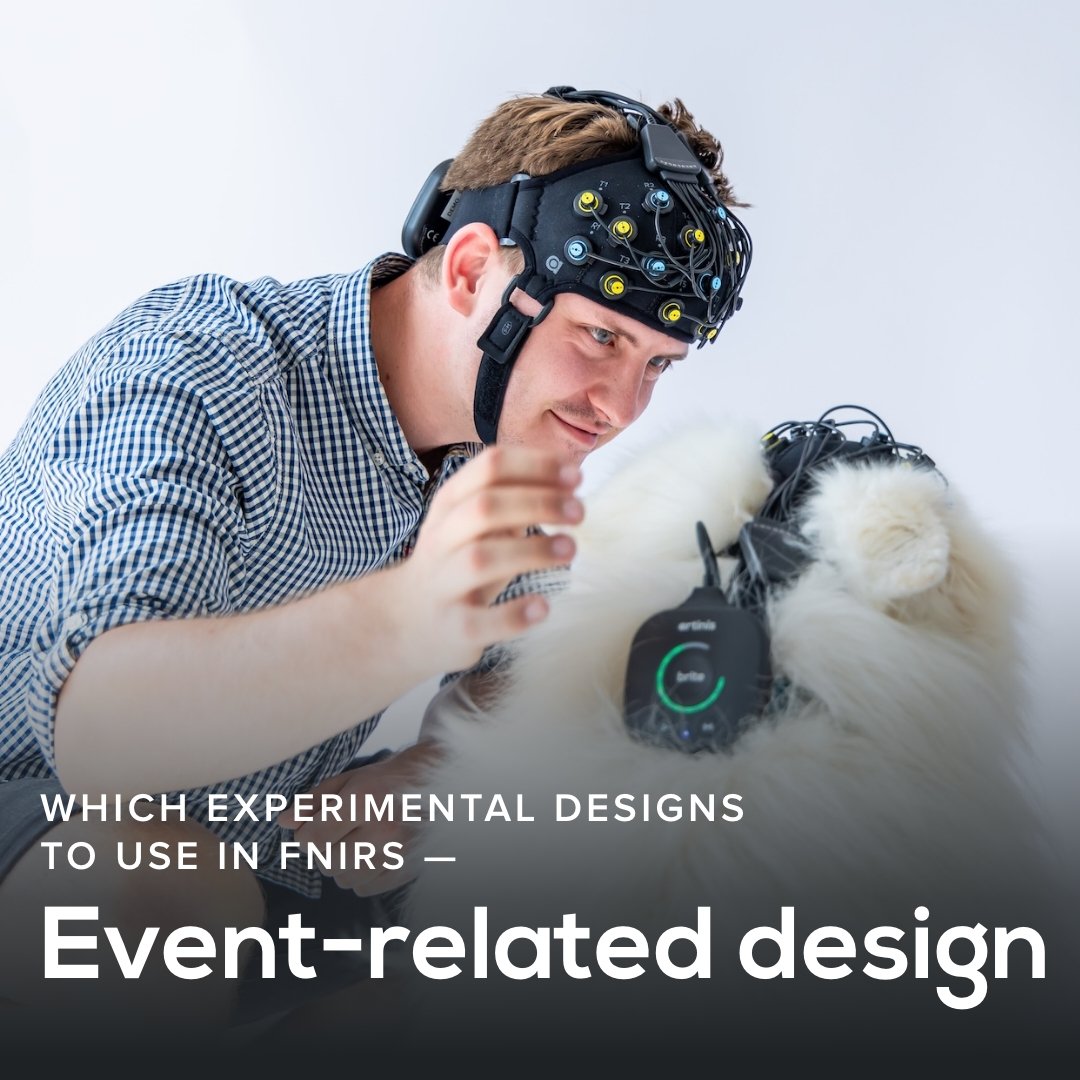
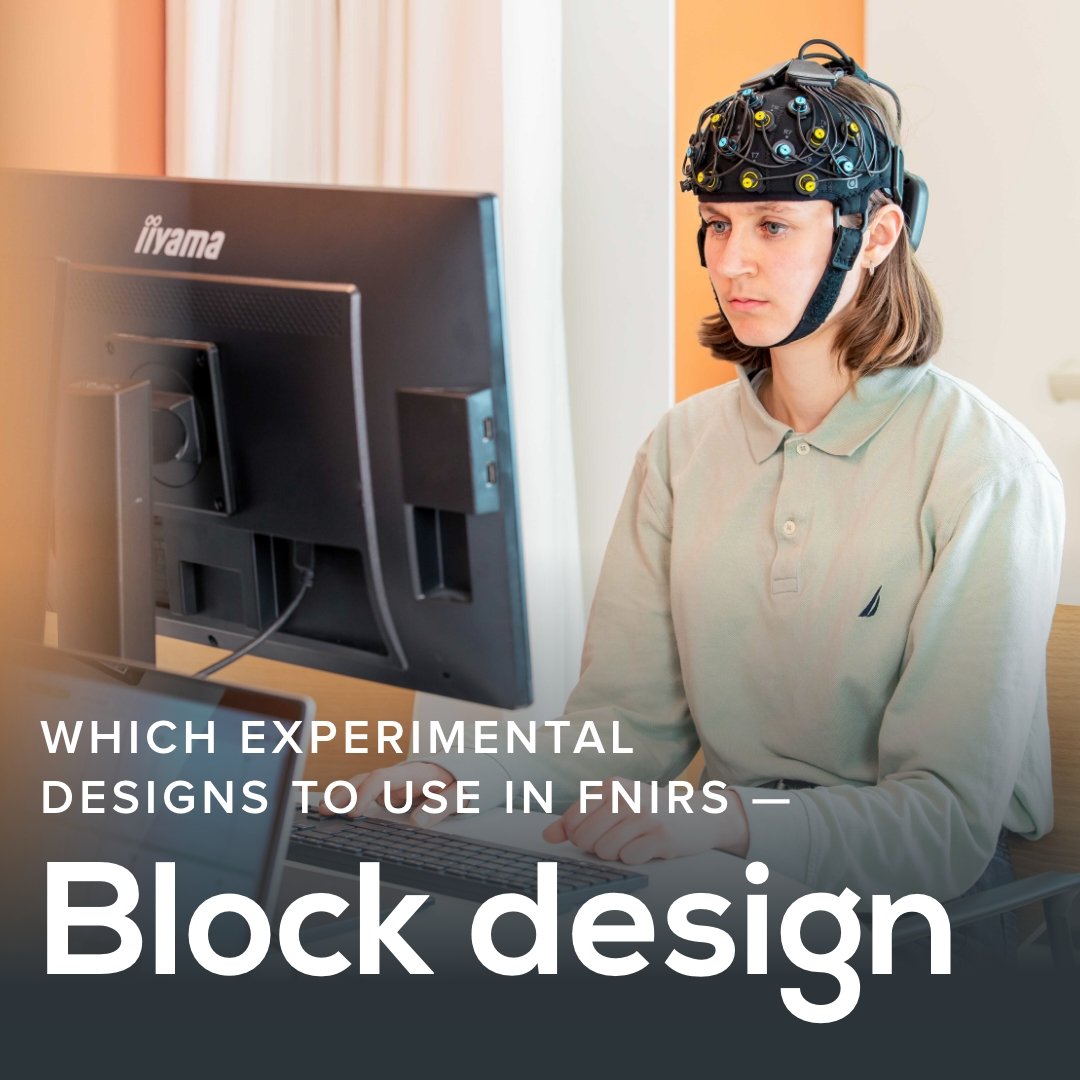
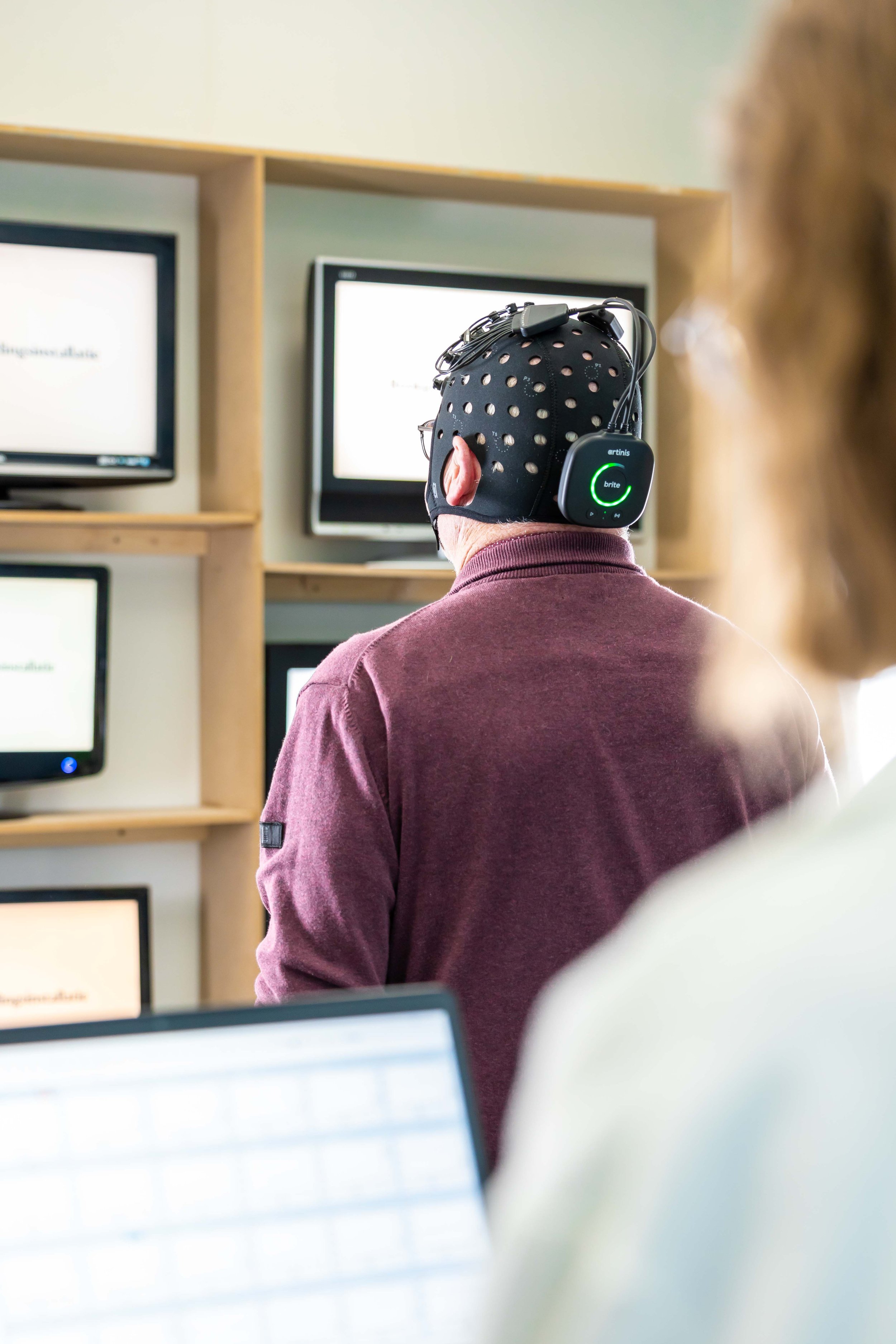
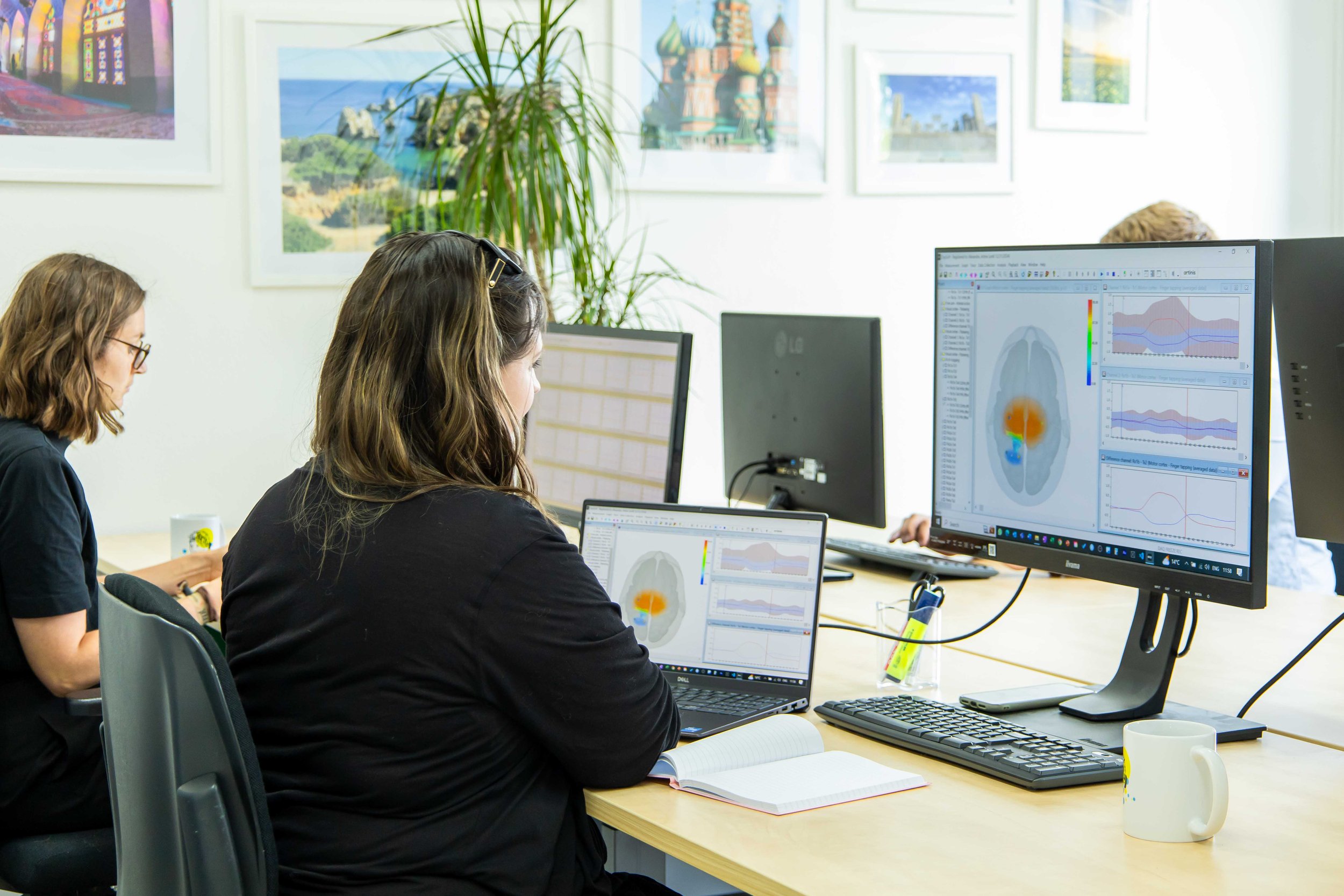
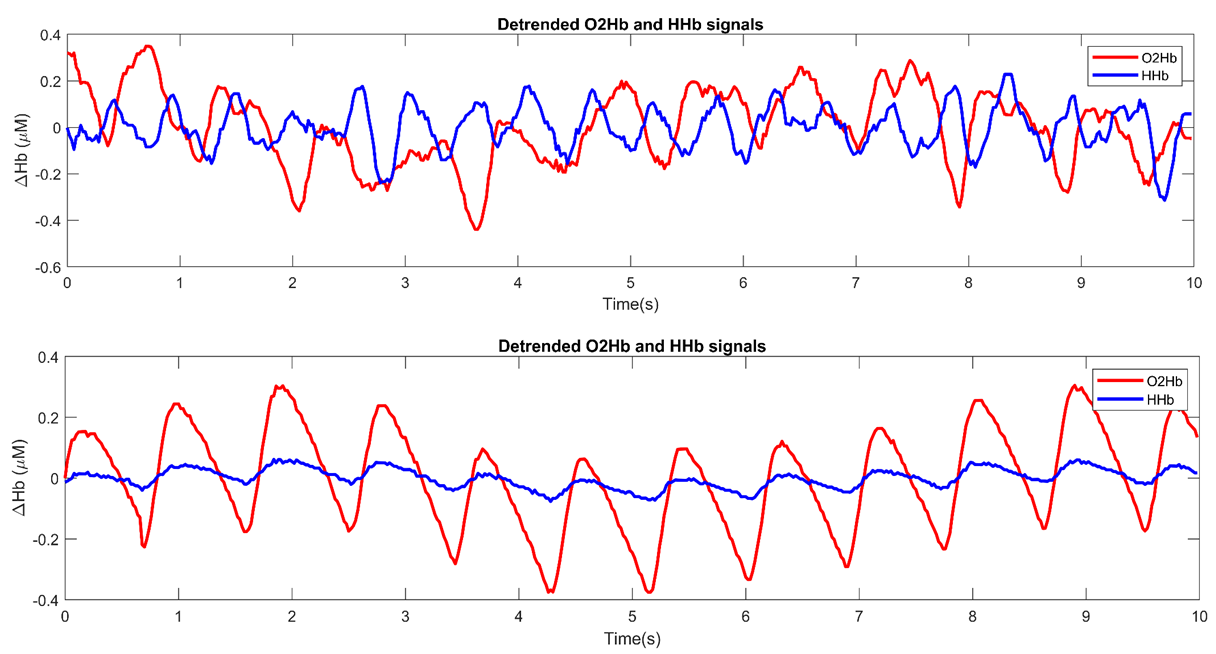

In fNIRS, achieving high data quality is crucial for reliable results, but it can still bear challenges due to hair or skin pigmentation, especially when using fNIRS systems with a higher channel number. In this blog, we present automated signal quality assessment methods that can serve as an efficient solution to detect good and poor data quality in fNIRS measurements.